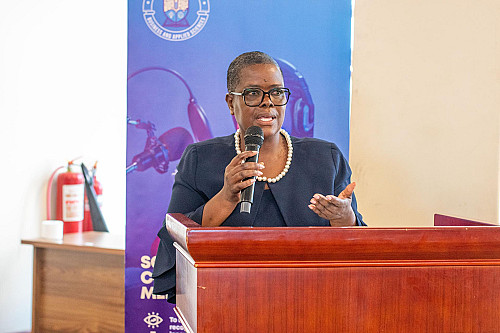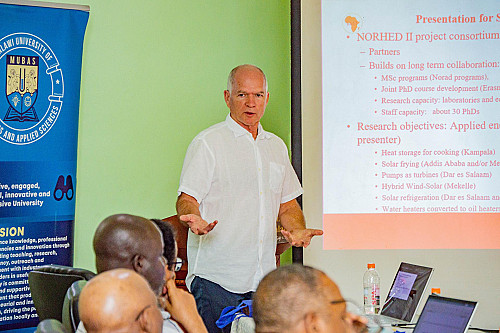News

The new structure has been designed to incorporate advanced building standards aimed at reducing water consumption throughout its lifecycle. These standards align with international green building principles and Malawi’s National Construction Industry Guidelines.
Among the key features is the installation of low-flow plumbing fixtures, such as dual-flush toilets, sensor taps, and water-efficient showerheads, which significantly reduce daily water usage without compromising functionality.
To further enhance sustainability, the building design integrates a rainwater harvesting system that captures and stores rainwater for non-potable uses such as toilet flushing, landscape irrigation, and cleaning. This approach not only conserves municipal water but also reduces pressure on local water supply systems. Additionally, the building will include greywater recycling technology, which treats lightly used water from sinks and showers for reuse in landscape irrigation.
The landscaping around the facility is also being planned with drought-resistant plants and a drip irrigation system to minimize water loss through evaporation.
The Nanjiri campus project not only demonstrates responsible use of natural resources but also serves as a learning model for students and professionals in engineering, environmental management, and architecture.







